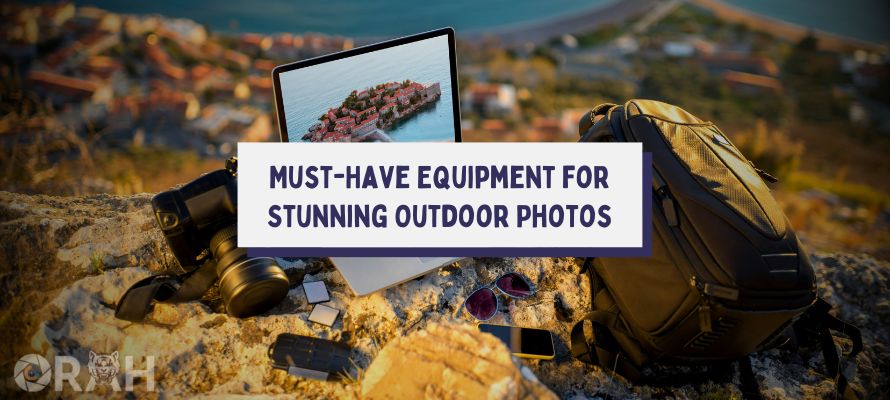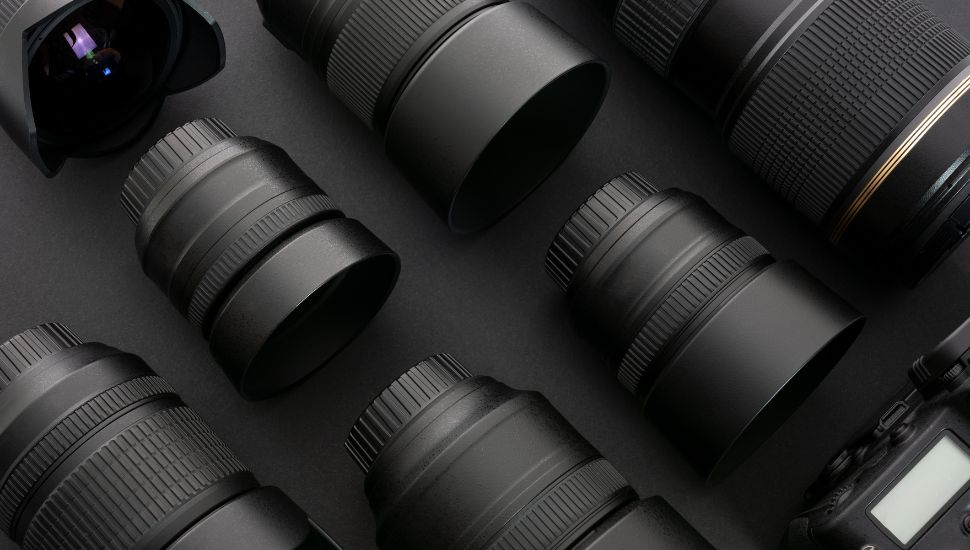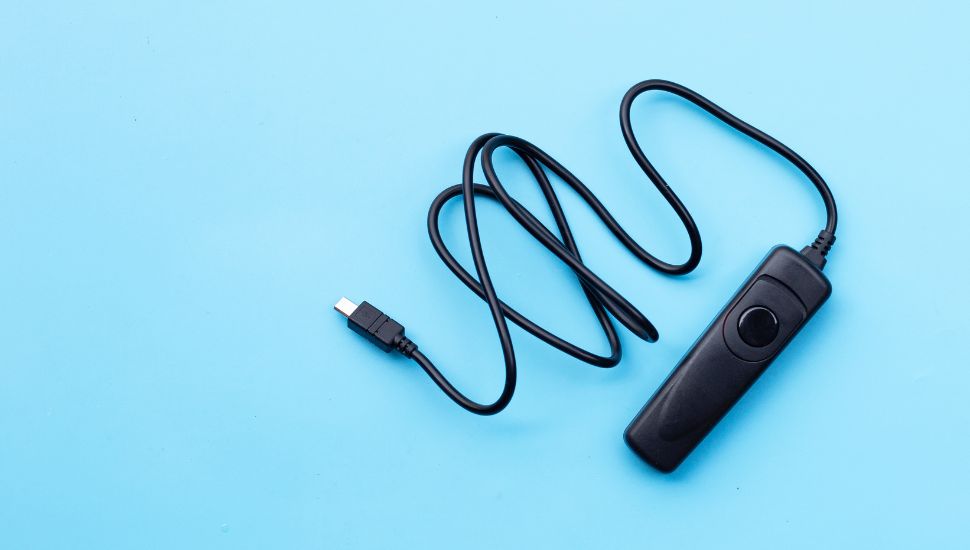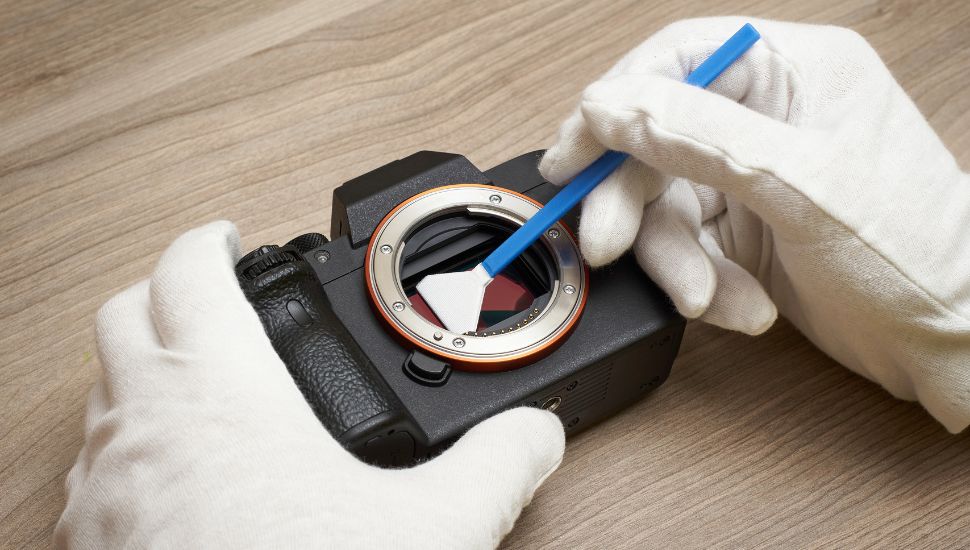
Outdoor photography is a popular and rewarding hobby that allows individuals to capture the beauty of nature and the world around them.
However, in order to truly capture stunning images, it is important to have the right equipment. The role of equipment in outdoor photography cannot be overstated, as it can greatly impact the quality and outcome of your photos.
Investing in quality gear is essential for outdoor photographers who want to take their skills to the next level.
While it may be tempting to opt for cheaper options, investing in high-quality equipment will ultimately yield better results.
Quality gear not only produces sharper and more detailed images, but it also offers more control over settings and features, allowing photographers to capture their vision more accurately.
Outfit: Choosing the Suitable One
When preparing an outfit for an outdoor photoshoot, functionality, and comfort should take priority over looks alone.
Shoes are a key consideration, as they need to provide support across various terrains without getting easily damaged opt for sturdy sneakers or boots with good traction and ankle support.
Merino wool cycling or hiking socks help wick moisture to keep feet dry while providing cushioning for long days on your feet.
Camera Bodies: Choosing the Right One for Your Needs
When it comes to choosing a camera body for outdoor photography, there are several factors to consider. One of the most important factors is the sensor size.
Full-frame sensors are generally preferred for outdoor photography as they offer better low-light performance and wider dynamic range. However, crop-sensor cameras can also produce excellent results and are often more affordable.
Another factor to consider is the resolution of the camera. Higher resolution cameras allow for more detail in images, which can be particularly useful when capturing landscapes or wildlife.
Additionally, consider the camera’s autofocus system, burst rate, and weather sealing capabilities, as these features can greatly enhance your outdoor photography experience.
Some popular camera models for outdoor photography include the Canon EOS 5D Mark IV, Nikon D850, and Sony Alpha a7R.
These cameras offer excellent image quality, advanced features, and durability, making them ideal choices for outdoor photographers.
Lenses: The Different Types and Their Uses
Lenses play a crucial role in outdoor photography as they determine the perspective, depth of field, and overall image quality.
There are several types of lenses to choose from, each with its own unique characteristics and uses.

Wide-angle lenses are commonly used in landscape photography as they allow for a wider field of view, capturing more of the scene.
Telephoto lenses, on the other hand, are ideal for wildlife and sports photography as they allow you to zoom in on distant subjects.
Macro lenses are designed for close-up photography, allowing you to capture intricate details of small subjects such as flowers or insects.
When choosing a lens for outdoor photography, consider the focal length, aperture range, and image stabilization capabilities.
Additionally, think about your shooting style and the subjects you plan to photograph in order to determine which lens will best suit your needs.
Tripods: Stability for Clear and Crisp Shots
Stability is crucial in outdoor photography, especially when shooting in low light or using long exposure techniques. A tripod provides the necessary stability to ensure clear and crisp shots by eliminating camera shake.
There are several types of tripods available, including aluminum and carbon fiber options. Aluminum tripods are generally more affordable and durable, while carbon fiber tripods are lighter and more portable.
Consider the weight and size of the tripod, as well as its maximum load capacity, to ensure it can support your camera and lens.
Other features to consider when choosing a tripod include the height range, leg locking mechanisms, and the presence of a ball head or pan-tilt head.
These features can greatly enhance your shooting experience and make it easier to capture the perfect shot.
Filters: Enhancing Your Images and Protecting Your Gear
Filters are essential tools for outdoor photographers as they can enhance images and protect your gear. There are several types of filters available, each with its own unique purpose.
UV filters are commonly used to protect camera lenses from dust, dirt, and scratches. They also help reduce haze and improve image clarity. Polarizing filters are used to reduce glare and reflections, enhance color saturation, and increase contrast.

Neutral density filters are used to reduce the amount of light entering the camera, allowing for longer exposures or wider apertures in bright conditions.
When choosing filters for outdoor photography, consider the filter size, compatibility with your lenses, and the specific effects you want to achieve. Investing in high-quality filters is important to ensure they do not degrade image quality.
Lighting: Natural vs. Artificial and When to Use Each
Lighting plays a crucial role in outdoor photography as it can greatly impact the mood and atmosphere of your images. There are two main types of lighting in outdoor photography: natural lighting and artificial lighting.
Natural lighting refers to the use of sunlight or ambient light to illuminate your subjects. It is often preferred for its soft and natural look.
Natural lighting can vary throughout the day, with golden hour (the hour after sunrise or before sunset) being a popular time for outdoor photographers due to its warm and flattering light.
Artificial lighting, on the other hand, refers to the use of artificial light sources such as flash or continuous lights.
Artificial lighting allows for more control over the direction, intensity, and color of light. It is often used in situations where natural light is insufficient or when a specific lighting effect is desired.
Choosing between natural and artificial lighting depends on several factors, including the time of day, weather conditions, and the desired outcome of your images.
Experimenting with both types of lighting can help you develop your own style and achieve the desired results.
Remote Shutter Release: Eliminating Camera Shake and Capturing the Perfect Moment
A remote shutter release is a useful tool for outdoor photographers as it allows you to trigger your camera without physically touching it. This eliminates the risk of camera shake caused by pressing the shutter button.
Using a remote shutter release is particularly important when shooting long exposures or using a tripod. It ensures that your camera remains perfectly still, resulting in sharper and more detailed images.

Remote shutter releases come in various forms, including wired and wireless options. Wired remote shutter releases are generally more reliable and do not require batteries, while wireless options offer more flexibility and convenience.
When choosing a remote shutter release, consider the compatibility with your camera model, range, and additional features such as intervalometer or bulb mode support.
Investing in a remote shutter release can greatly improve your outdoor photography by allowing you to capture the perfect moment without any camera shake.
Backpacks and Carrying Cases: Protecting Your Gear and Making It Easy to Transport
Protecting your gear during transport is essential for outdoor photographers who often find themselves in rugged and unpredictable environments.
Backpacks and carrying cases are designed to provide protection and make it easy to transport your equipment.
When choosing a backpack or carrying case for your gear, consider the size, weight, and capacity. Look for features such as padded compartments, adjustable dividers, and weatherproof materials to ensure maximum protection.
Additionally, consider the comfort of the backpack or carrying case, as you may be carrying it for long periods of time.
There are several reputable brands that offer high-quality backpacks and carrying cases specifically designed for outdoor photography.
Some popular options include Lowepro, Think Tank Photo, and Peak Design. Investing in a reliable backpack or carrying case will give you peace of mind, knowing that your gear is safe and secure during your outdoor adventures.
Batteries and Chargers: Ensuring You Always Have Enough Power
Having enough power for your gear is crucial in outdoor photography, as you don’t want to miss out on capturing the perfect shot due to a dead battery.
It is important to invest in high-quality batteries and chargers to ensure you always have enough power. When choosing batteries for your camera, opt for genuine branded batteries rather than third-party options.
Genuine batteries are specifically designed for your camera model and offer better performance and reliability. Additionally, consider purchasing spare batteries to have as backups during long shoots or when traveling.
Choosing the right charger is also important to ensure efficient and safe charging of your batteries. Look for chargers that offer fast charging times, multiple charging slots, and safety features such as overcharge protection.
Investing in a quality charger will help prolong the lifespan of your batteries and ensure you always have enough power for your outdoor photography adventures.
Cleaning Supplies: Keeping Your Gear in Top Condition
Keeping your gear clean is essential for maintaining its performance and longevity. Outdoor photography often involves shooting in dusty or wet conditions, which can lead to dirt, smudges, or water spots on your equipment.
Regular cleaning is necessary to ensure optimal image quality and prevent damage to your gear.
There are several cleaning supplies available specifically designed for camera equipment. These include lens cleaning solution, microfiber cloths, lens pens, air blowers, and sensor cleaning kits.

It is important to follow proper cleaning techniques and avoid using harsh chemicals or abrasive materials that can damage your gear.
Regularly cleaning your lenses, filters, camera body, and other accessories will help keep them in top condition and ensure they continue to perform at their best.
Taking the time to properly clean and maintain your gear is an investment in its longevity and the quality of your images.
Investing in the Right Equipment for Stunning Outdoor Shots
Investing in quality gear is essential for outdoor photographers who want to capture stunning images.
The right equipment can greatly enhance the quality and outcome of your photos by providing more control over settings, improving image sharpness, and allowing for creative expression.
When choosing equipment for outdoor photography, consider factors such as camera bodies, lenses, tripods, filters, lighting options, remote shutter releases, backpacks or carrying cases, batteries and chargers, and cleaning supplies.
Each of these components plays a crucial role in the overall photography experience and can greatly impact the quality of your images.
By investing in the right equipment and taking the time to understand its features and capabilities, you can take your outdoor photography to new heights.
So, take the next step in improving your outdoor photography equipment and start capturing stunning shots of the world around you.